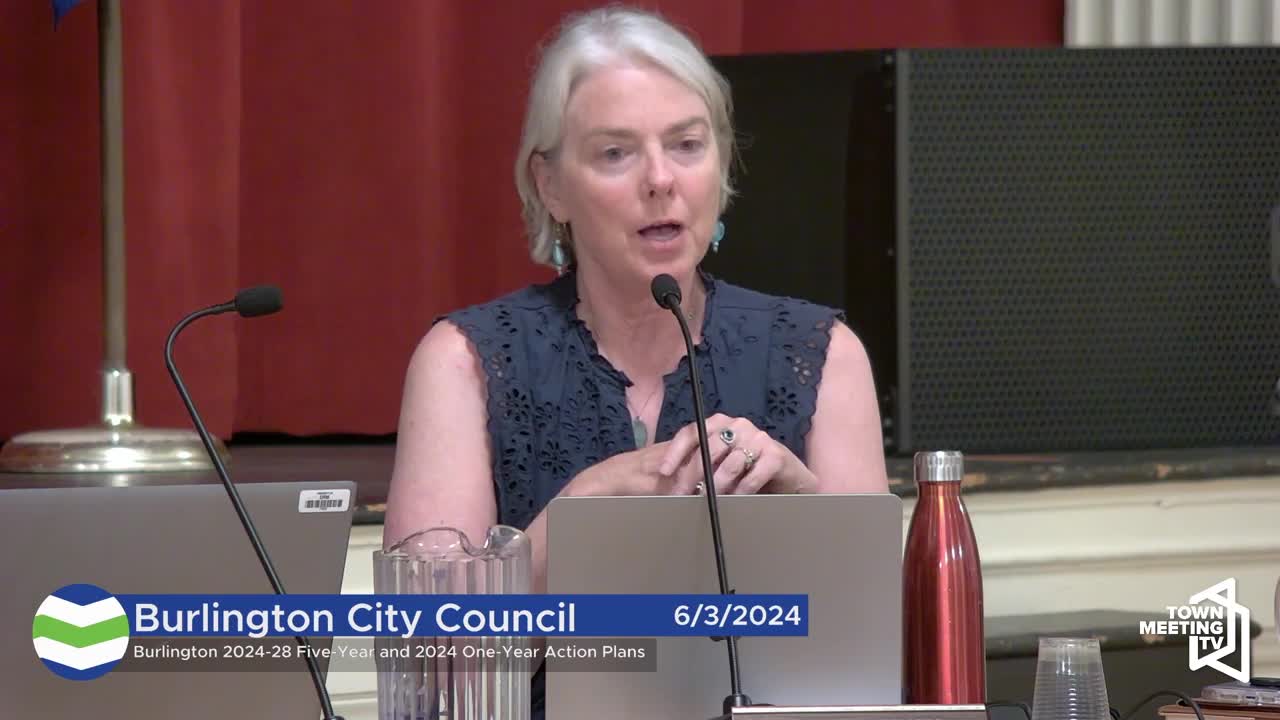Housing Crisis Deepens as Community Faces Shelter Shortage
June 03, 2024 | Burlington City, Chittenden County, Vermont

This article was created by AI summarizing key points discussed. AI makes mistakes, so for full details and context, please refer to the video of the full meeting. Please report any errors so we can fix them. Report an error »

In a recent government meeting, officials discussed the surprising rarity of overcrowded housing in the community, despite a significant housing shortage. Data from HUD indicated that only 40 households out of over 3,000 were experiencing overcrowding, raising questions about the dynamics of the local housing market. Officials noted that the competitive nature of housing in Burlington may deter potential roommates, as landlords tend to favor tenants with higher incomes.
The conversation also highlighted the challenges faced by larger and intergenerational families in finding adequate housing, emphasizing the need for diverse living arrangements to maintain community diversity. The average household size in Burlington has decreased, further complicating the housing landscape.
Additionally, the meeting addressed the issue of shelter availability, particularly during warmer months when some shelters are emptied. Officials expressed concern that shelter services should be available year-round, citing the high operational costs associated with maintaining these facilities. While Community Development Block Grant (CDBG) funds could be allocated for shelter provision, the limited public service budget—approximately $140,000 annually—poses a challenge for sustaining adequate shelter capacity.
The state has recently issued a request for proposals to enhance shelter services, indicating a recognition of the ongoing need for support in this area. Officials acknowledged that while shelters are not a long-term solution, they remain a critical necessity in the current housing crisis.
The conversation also highlighted the challenges faced by larger and intergenerational families in finding adequate housing, emphasizing the need for diverse living arrangements to maintain community diversity. The average household size in Burlington has decreased, further complicating the housing landscape.
Additionally, the meeting addressed the issue of shelter availability, particularly during warmer months when some shelters are emptied. Officials expressed concern that shelter services should be available year-round, citing the high operational costs associated with maintaining these facilities. While Community Development Block Grant (CDBG) funds could be allocated for shelter provision, the limited public service budget—approximately $140,000 annually—poses a challenge for sustaining adequate shelter capacity.
The state has recently issued a request for proposals to enhance shelter services, indicating a recognition of the ongoing need for support in this area. Officials acknowledged that while shelters are not a long-term solution, they remain a critical necessity in the current housing crisis.
View full meeting
This article is based on a recent meeting—watch the full video and explore the complete transcript for deeper insights into the discussion.
View full meeting